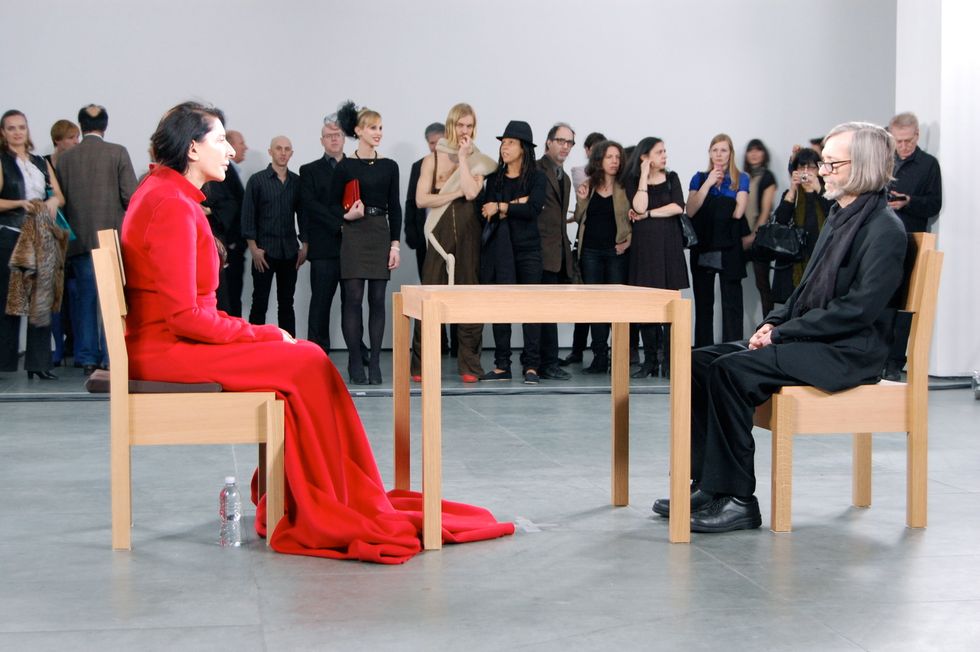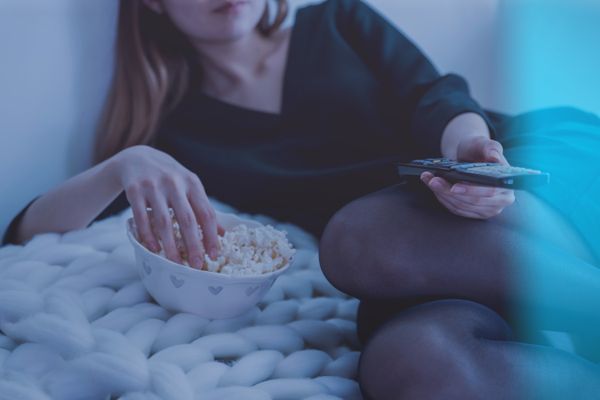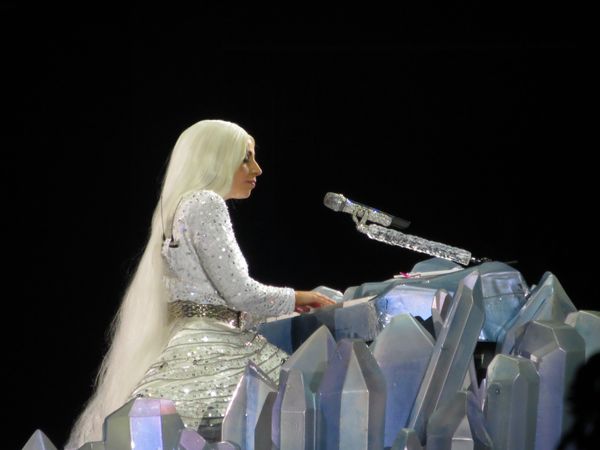Audiences are usually moved by many different art forms, like paintings, videos, films, and music. However, some have not been fully exposed to the essence of performance art. Mona Hatoum, a critically acclaimed performance artist, was born in Palestine and raised in the United Kingdom. Mona Hatoum is a clear example of a performance artist, with an impactful message and a unique creative vision on the of making political art. The article "A Past Not Yet Passed" by Chrisoula Lionis, shines a light on Mona Hatoum and her exquisite creativity. Her projects, such as "Keffiyeh" and "Measures of Distance," have left a mark on audiences. Throughout the article, the author explores Hatoum's artistry. She researches and analyzes the symbolism within her projects and examines how it gives the audience a unique emotion no other art form can give. Furthermore, Hatoum's artistry is connected to a term called "post-memory," which the author used to describes Hatoum's work for her vivid portrayal of trauma, gender, tradition, and religion. The author expresses how Hatoum's use of "post-memory" art can solely satisfy audiences nostalgically with its literal materials and vivid execution. The author argues that Mona Hatoum's art is the best representation of tradition, trauma, and gender within her childhood life in Palestine, through a thorough analysis of the post-memory effect.
The main claim of the article is that Mona Hatoum's use of "post-memory" in her performance art is the best way to represent artworks based on the past/childhood. This claim is the most appropriate to make for this situation because the author talks thoroughly about Mona Hatoum's artwork in a detailed and connective matter connecting it back to past events, such as the Palestinian war. "The presence of post-memory, in the work of Mona Hatoum, particularly in artworks with reference to the repercussions and memories of the Nakba, can be said to exemplify traumatic memory"(3-5,82).
Sub-claims within the article include specific artworks by Hatoum. One sub-claim is that Mona Hatoum's "Measures of Distance" captures the real-life consequences of exile on multiple generations of Palestinian women through its blend of film, art, and documentary. Measures of Distance is about a series of letters that are exchanged between the artist and her mother while living in exile. The exchanged letters displayed the memories of the pain of exile. Within the film, Hatoum and her mother are the main subjects throughout the whole film to capture the trauma of separation within war, this also helps connect the Hatoum with her audience as post-memory is evident in making the audience feel the separation Hatoum felt.
Another sub-claim is that even the most minimalistic performance art can still give off an effect of post-memory. An example of this is Hatoum's 28-by-28-cm square filled with sand, entitled "Self-Erasing Drawing," This piece is a kinetic object that has a hand that rotates in a patterned geometric rhythm consisting of lines, while the other hand erases the lines that are drawn. This small piece at its most minimalistic represents the literal meaning of "a sense of existence accentuated by a fear of disappearance" (pg.89). This piece traces importance to post-memory as Hatoum connects this piece with the "Nakba" that occurred in Palestine. Nakba translates to "disaster" in Arabic and is based on the Palestinian War that fled many out of the country. Furthermore, the author uses a logical warrant within the article and claims that performance artists should connect deeply to their work in order to convey the messages they provide within their pieces. Hatoum does this with the support she shows through proofs under figurative analogies and value proofs. An example of a figurative analogy the author uses is describing Hatoum's work as a "piece that sets the past in the present," similar to gaining a flashback of an event that contains a lot of emotion. A value proof is shown as the author says how post-memory helps strengthen the artistry of Hatoum, as a post-memory art piece will allow audiences to connect better to the artist. The warrant within this is that the audience values an artist with substance, rather than just style. Since the backstory of Hatoum is significant throughout her artwork, these proofs are convincing. They allow the audience to connect with Hatoum's pieces. Her works show a great amount of passion and try to stir the audience's emotions.
Major areas of support within the article, revolve around its appeal to emotion. The article goes into depth when describing post-memory through vivid language and emotionally driven backstories. These figurative techniques allow the audience to gain an emotional response from it. The article is more balanced on a pathos-driven proof scale as it shows support under motivational proofs. An example of a motivational proof is when the author claims that narrative memory gains a greater connection to post-memory than traumatic memory. She supports the claim by stating that "narrative memory is characterized by an individual's control over their memory and the recounting of their experiences." This is followed by the warrant being that the audience wants to connect with Hatoum at her core. They would rather see the artist control her memories and artwork, rather than her memories and artwork controlling her. The support is convincing as it shows how Hatoum associates herself with her audience, and how her storytelling allows the audience to breathe the same air she breathes in her work, filling them with empathy rather than hollowness.
The author's main warrant is that performance art should not have to be at its most avant-garde, but it should place and emotional effect on its audience. This warrant could be easily agreed upon individuals because contextually many have fallen in love with performance artwork because of their deep backstories and unique values. The author does express the limitations within performance art, as it's told that some pieces may come across as just confusing to audiences because of its "Style over substance" dynamic which may throw off audiences rather than engage them. A backing example of this would be that Hatoum's heartbreaking backstory about living in exile helps her artist build more substance, while in comparison to another performance artist named "Millie Brown" who throws up on canvases, her work is seen as more juvenile than moving.
In conclusion, the article allows its self to capture specific historical events and how it plays a massive role within Hatoum's art, like the Israel Invasion, the villages destroyed by the Zionist forces in 1947 and 1948, the Lebanese civil war, and the evolution of culture in the Arab world. Overall the use of post-memory within Hatoum's work and the author's depth analyzations of her pieces shows how this technique brings more passion and empathy to performance art when representing trauma, gender, and traditions.



















